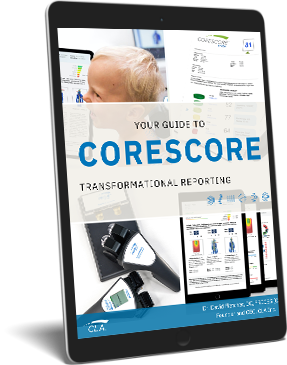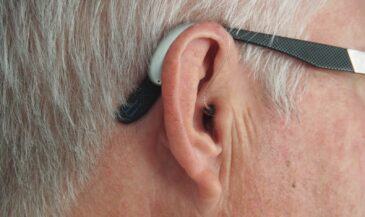By Dr. Christopher Kent
Many doctors of chiropractic employ orthopedic and neurological examinations as the core elements of their clinical examinations. They often do so because that is what they were taught to do in school, and what they were tested on in their licensing examinations. However, the fact that a procedure is popular, taught in school, or tested on examinations does not magically confer reliability and validity.
Walsh [1] reviewed the available literature on orthopedic tests common in chiropractic, and concluded: “The use of orthopedic tests has been an integral part of the physical examination for a long time. They have remained a part of the examination more by virtue of common use than on the basis of any scientific demonstration of their validity and clinical significance. To make a judgment on the clinical worth of a test, its validity, reliability, sensitivity and specificity should ideally be known. Unfortunately, for most, if not all, orthopedic tests, these measures have not been determined.” For more references and discussion on this issue, see: http://www.worldchiropracticalliance.org/tcj/1998/aug/aug1998kent.htm and http://www.worldchiropracticalliance.org/tcj/2003/dec/dec2003kent.htm
Neurological tests in patients with no neurological symptoms serve little purpose. Deyo [2] wrote, “In reality, though, if the patient has no neurological symptoms, including sciatica, in the history, the yield of this is close to zero.”
A mandate to teach and practice procedures shown to be worthless or harmful creates an ethical problem.
Different health care specialties say it in slightly different ways, and ACOG’s statement [3] on the matter is clear and concise: “It is unethical to prescribe, provide, or seek compensation for therapies that are of no benefit to the patient.” The same may be said for examination procedures.
Furthermore, there are basic ethical principles [4] that are violated when patients are misled into believing that the examinations that they are receiving are reliable and valid. These include:
The principle of nonmalfeasance
- “Primum non nocere” first do no harm
- Sanctity of life
- Calculated risk or risk benefit
The principle of beneficence
- Do only that which benefits the patient
- Patient’s welfare as the first consideration
- Care Consideration Competence
The principle of veracity
- Truth telling
- Obligation to full and honest disclosure
The types of harm that may result have been described [5]:
“Nonspecific harm (labeling). Harm caused to a patient by the transmittal of false or misleading information that may cause emotional harm, a false sense of security, a false sense of vulnerability, dependency, or otherwise create in the patient a set of beliefs about their health that is manifestly untrue.
Indirect harm (substitution). Harm caused to a patient by substituting a specific diagnostic or therapeutic procedure whose safety, therapeutic effectiveness, or diagnostic utility is either unknown or is known to be unsafe, ineffective, of no diagnostic utility, for a diagnostic or therapeutic procedure of known safety, effectiveness, or diagnostic utility.”
Finally, a doctor owes legal duties to a patient. In Smith v. Yohe [6], the Pennsylvania Supreme Court held, “If a physician, as an aid to his diagnosis, i.e., his judgment, does not avail himself of the scientific means and facilities open to him for the collection of the best factual data upon which to arrive at his diagnosis, the result is not an error of judgment but negligence in failing to secure an adequate factual basis upon which to support his diagnosis or judgment.”
If your clinical objective is the detection and correction of vertebral subluxations, and you are relying on orthopedic and neurological examination findings, you would do well to consider whether those examinations have been shown to be reliable and valid for that purpose.
(DISCLAIMER: This column is provided for educational purposes only. The accuracy or timeliness of the information presented is not warranted, and may not be applicable in your jurisdiction. Always obtain legal advice from qualified local counsel. The information presented is not legal advice, and no attorneyclient relationship is established.)
References
1. Walsh MJ: “Evaluation of orthopedic testing of the low back for nonspecific lower back pain.” JMPT 1998;21(4):232.
2. Deyo R: “The search for serious disease: what is the best strategy?” The Back Letter 2003;18(9):102.
3. Code of Professional Ethics. ACOG (American College of Obstetrics and Gynecology) 2004.
4. Mootz, RD, Coulter I, Schultz GD: Chapter 11. “Professionalism and ethics in chiropractic.” In: Haldeman S: “Principles and Practice of Chiropractic” (93rd Ed). McGrawHill Professional. 2004.
5. http://www.ashcompanies.com/Providers/CQM/TechniqueProcedureCPGs.aspx
6. 1963.PA.40514; 194 A.2d 167, 412 Pa. 94






























































































































































